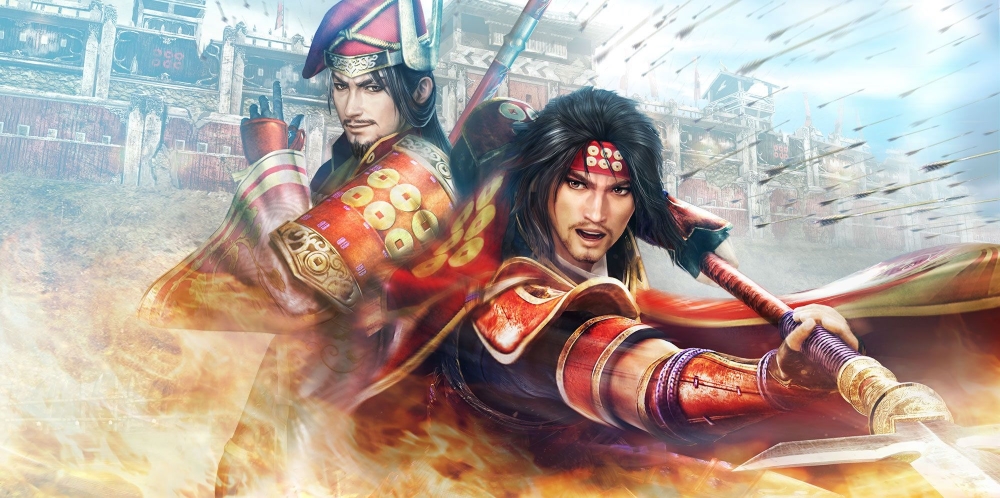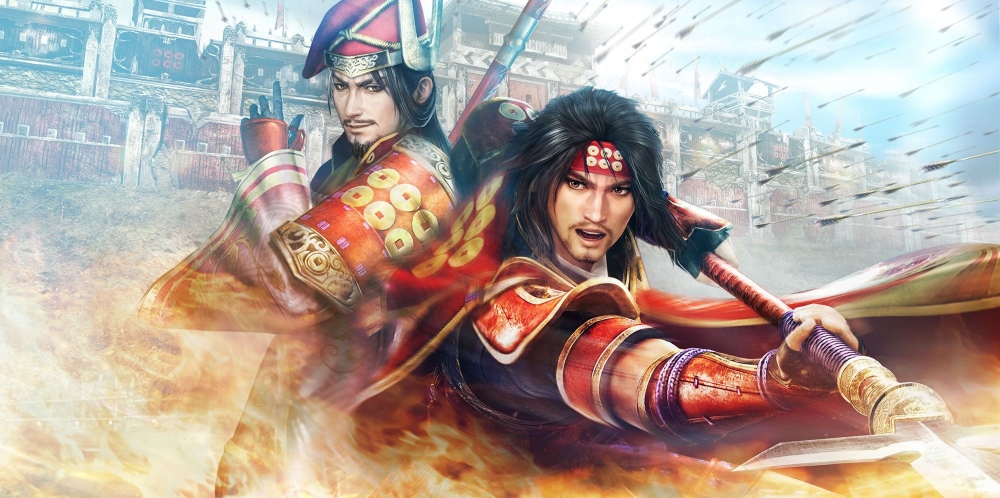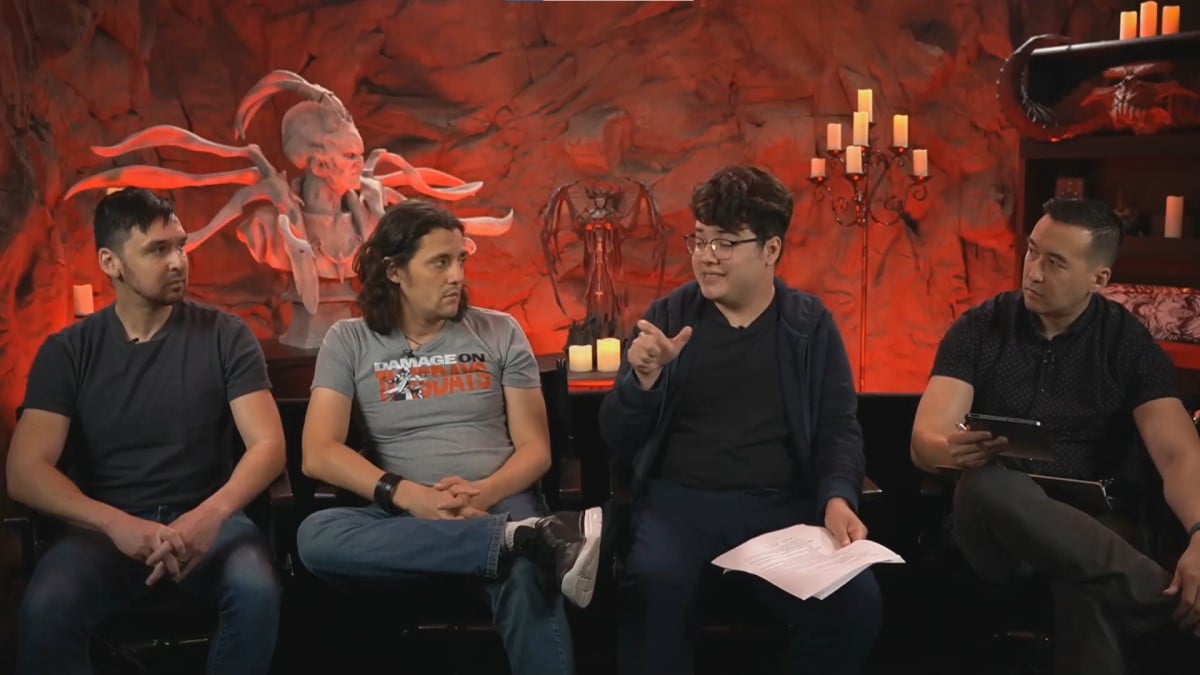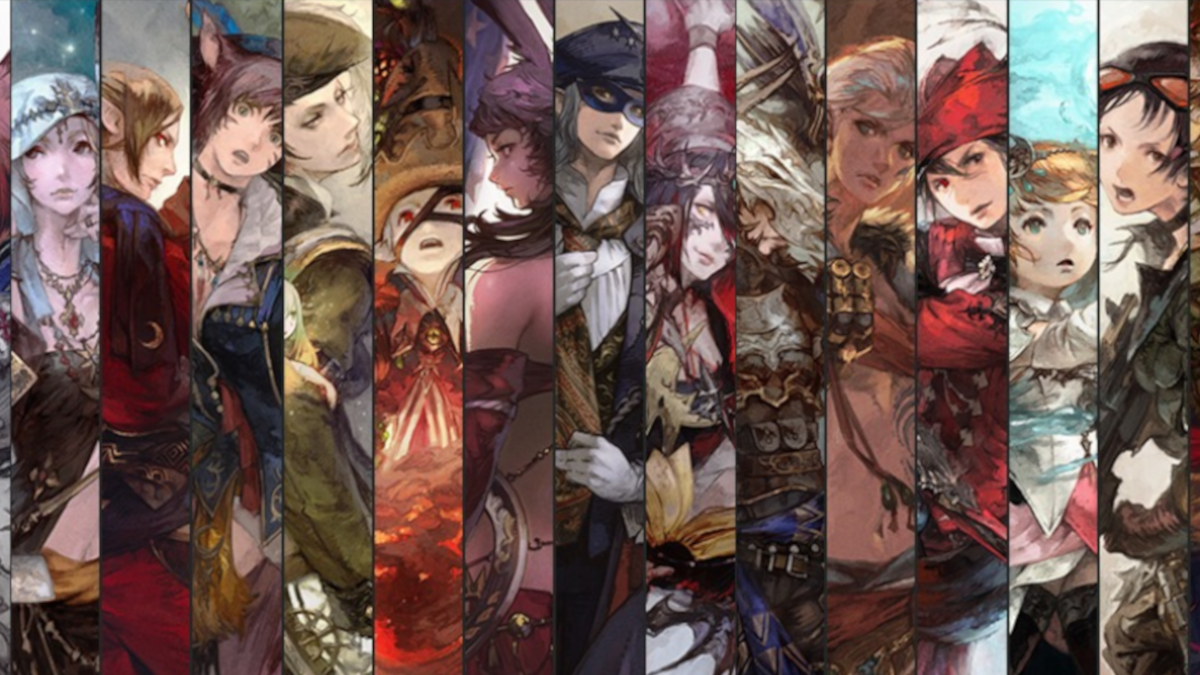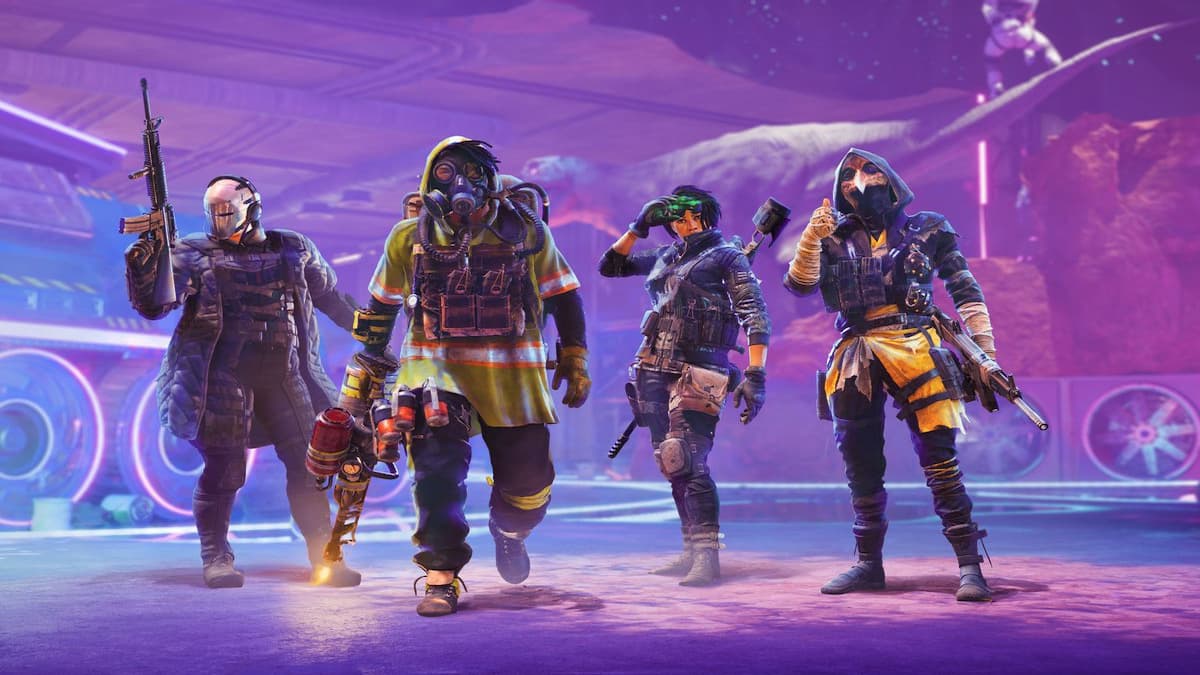New body, old soul
I once regarded the Dynasty Warriors series and its many spinoffs as using the same old tired formula “where you press a button repeatedly to win.” But after rediscovering my love for the beat-’em-up genre in the last decade, I also started getting into the Warriors games. Essentially, they’re the evolution of those old 2D games where it was perfectly normal to eat whole cooked chickens from a trash can.
Playing more of the many Warriors games, I began to notice a slow change, with Samurai Warriors being the more experimental among its brethren. Now, Samurai Warriors keeps with that tradition of doing something different and gives us a small glimpse into the beginning of the evolution of the franchise.

Samurai Warriors: Spirit of Sanada (PC, PS4 [Reviewed])
Developer: Omega Force
Publisher: Koei Tecmo
Released: November 23, 2016 (JP), May 23, 2017 (US), May 26,2017 (EU)
MSRP: $49.99
Spirit of Sanada is all about the eponymous Sanada clan, one of the factions involved in Japan’s Sengoku or Warring States era and will be a name familiar to those who have played past Samurai Warriors titles and other games involving historical figure Nobunaga (not to be confused with ‘cowabunga’).
This is an entirely new approach to a “core” warriors title and has a stronger focus on the 45-year story of the Sanada clan and its involvement and rise in the Warring States period, starting with the Sanada patriarch Masayuki Sanada, and then his son, Yukimura Sanada.
A new story-focused approach in Spirit of Sanada gives the player a focal point, providing a more intimate style as they explore the long and complex history of the era. Gone are the large annotated battles based on history in past games in favor of more manageable multi-stage battles.

Multi-stage battles are a series of slightly smaller encounters (compared to past games) per chapter, while still having the right amount of stuff going on with objectives. They’re presented as smaller, more digestible parts of a larger arc and allow for more story and character development.
Thrown in with these multi-stage battles are “Secondary Battlefields,” which let the player access stages from the point of view of non-Sanada-related characters and factions that add in some variety to what is otherwise a Sanada-centric game.
This storytelling method is a step up from other mainline Warriors title but it’s not entirely perfect, and it will leave most feeling lost — especially those unfamiliar with the history. At times, it still feels like a massive infodump with all the names and who belongs to which clan. I was still able to follow along the major story beats with the cutscenes and events that happen inside battles.
Players who just want the action can go right ahead without having to pay attention to the somewhat complex story, which sometimes feels like a ridiculous long-running soap opera given all the changing alliances and leadership of the many clans. Those wanting to dive into the in-depth history will be pleased to find plenty of resources available in-game with glossaries and plenty of texts.

The meat of Sanada, still the same hack-and-slash beat-’em-up action seen in previous games, feels a bit faster this time around, with quicker movement helped along by short battles and maps that aren’t too big. The tense combat action of trying to get objectives done while running around the map is still present and a few new elements are added to give players something fresh. The unique “Feats” and “Goals,” which are specific challenges in each battle, add plenty of replay value.
One of those new elements in the battlefield is a day-night cycle, where nighttime conditions limit visibility, adding a bit of challenge when trying to find enemies on the map. During these night missions, there are some light stealth segments that can be poorly handled at times. That said, failing them won’t set you back a lot, due to the short battle length and the fact that they usually happen near the beginning of a stage.
A big addition to battles are Stratagems, which grant support actions that assist the player in battle and may provide other benefits. They vary in form, from slowing down enemy progression to increasing visibility at night to restoring an ally’s health. While optional, the Stratagems seem to be there to help newcomers to the Warriors format (which can be overwhelming) and do take away some of the challenge in battle.

Spirit of Sanada introduces an expanded style of hub areas that provide more things to do such as item stores for crafting, upgrading weapons and stats, farming, and fishing. While this adds some personality to the game, it could have been done as a menu for faster navigation, or at least should have included menu shortcuts as an option.
Along with the hub areas are some light role-playing game elements in the mix. Resource gathering is part of the game now and a requirement for important stuff like weapon upgrades and other minor uses. Gathering resource items takes place in Exploration Maps, which are small maps with regenerating resource item pickup spots that have the occasional enemies to fight.
Exploration maps also serves as the location for simple quests referred to as tasks, which are given in the hub areas. Much like in RPGs, these are simple “fetch/find/defeat something or someone” quests. Resource gathering and these tasks don’t take long to accomplish in the small maps, and provide a welcome break from the regular battle stages.

As a Warriors game, there are things like character models and stages reused from older titles, but a lot of them look slightly better, possibly because of the changes under the hood. Still, there are plenty of additions such as a few new playable characters as well as new designs for old characters. There’s a mix of familiar stages and some new ones, though I didn’t feel like I kept seeing the same stages thanks to how busy all the new battle elements kept me.
There is still that slight jank you often see in these games, with not-so-seamless cutscene transitions and very minor graphical issues that are only found in the first hub area. One big disappointment with Spirit of Sanada is the lack of split-screen cooperative play, a mainstay in most Warriors games.
Samurai Warriors: Spirit of Sanada brings plenty of welcome elements to the formula and makes me excited for what Omega Force holds for us in the future once it fine tunes everything introduced in this game. While it brings plenty of shiny new features, it feels smaller in scale compared to the last mainline entry. But those new little things do add up to a lot. Spirit of Sanada offers a fresh take on the Warriors experience that can be very welcoming to newcomers and veterans alike.
[This review is based on a retail build of the game provided by the publisher.]
